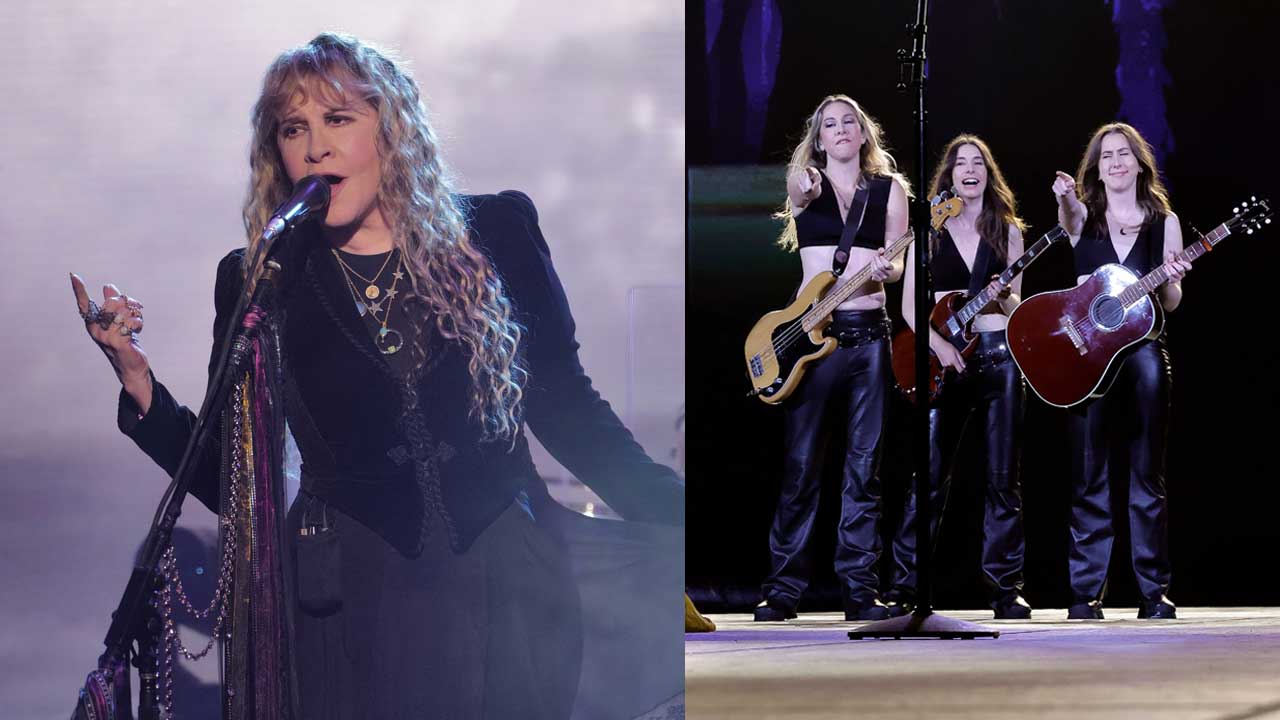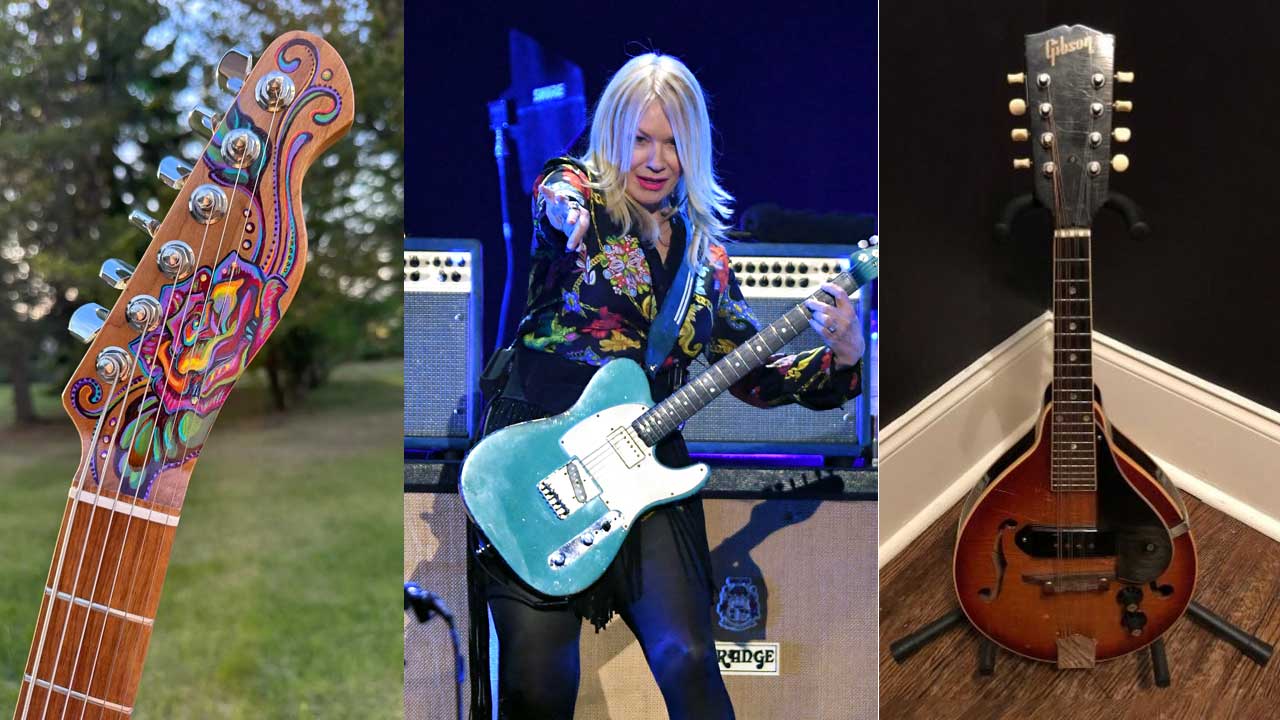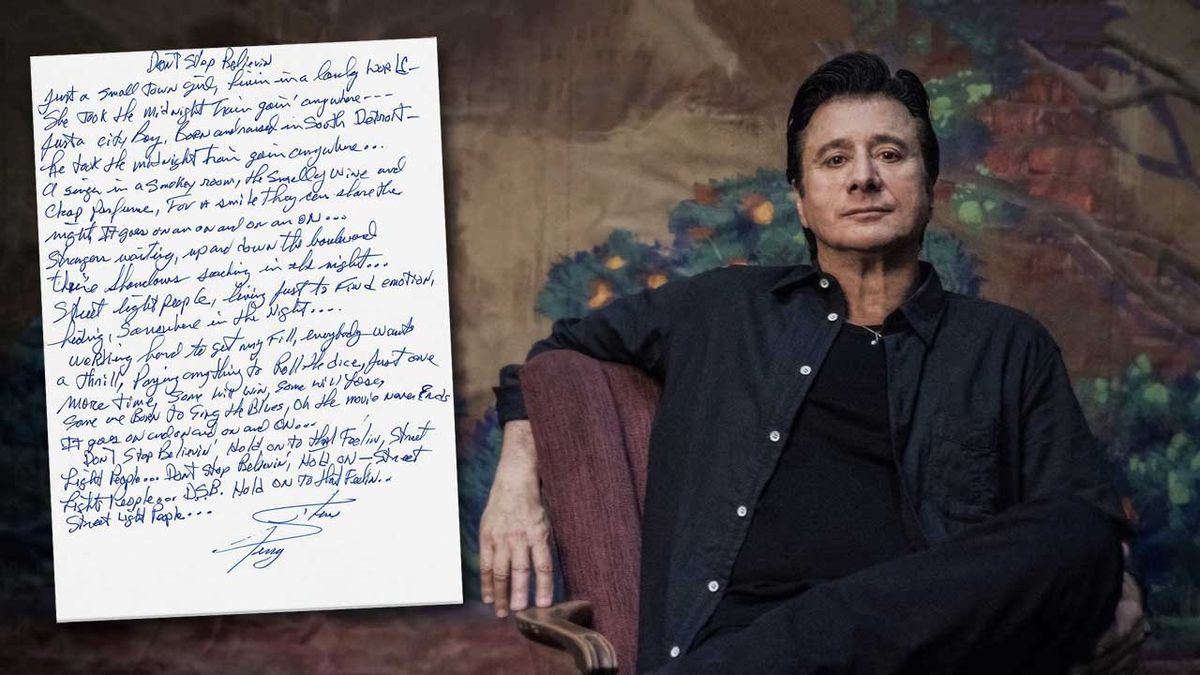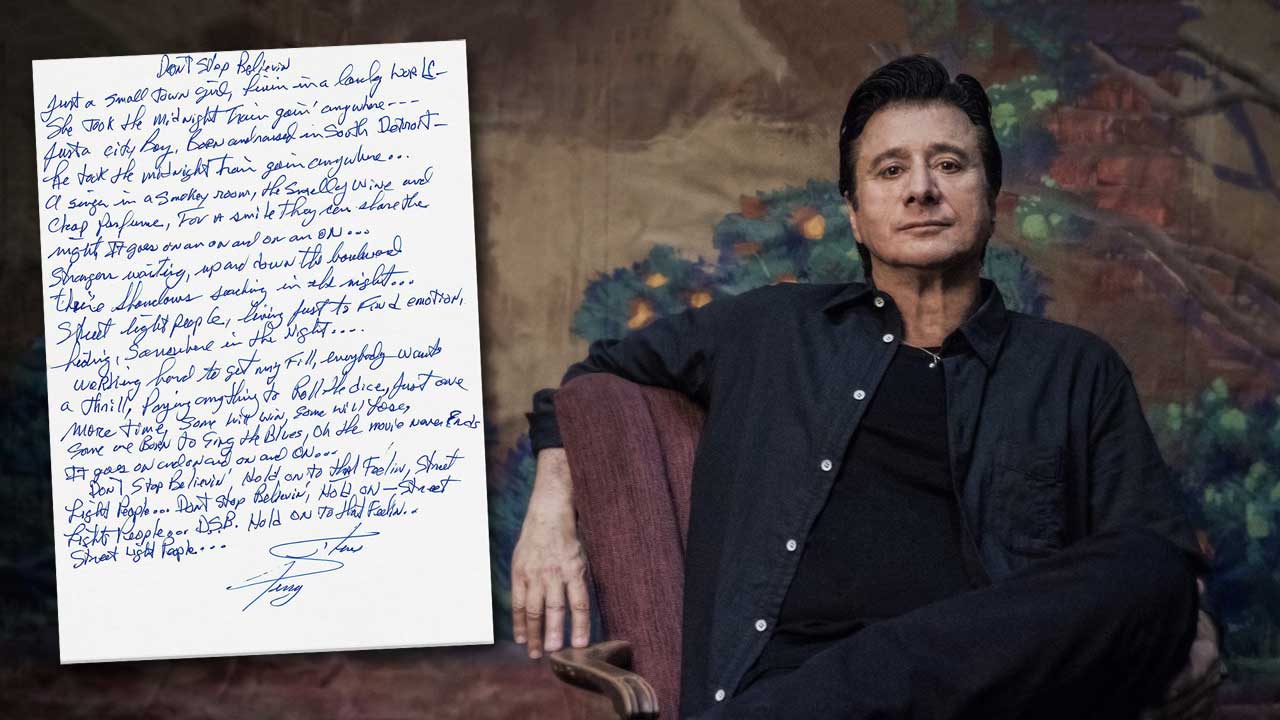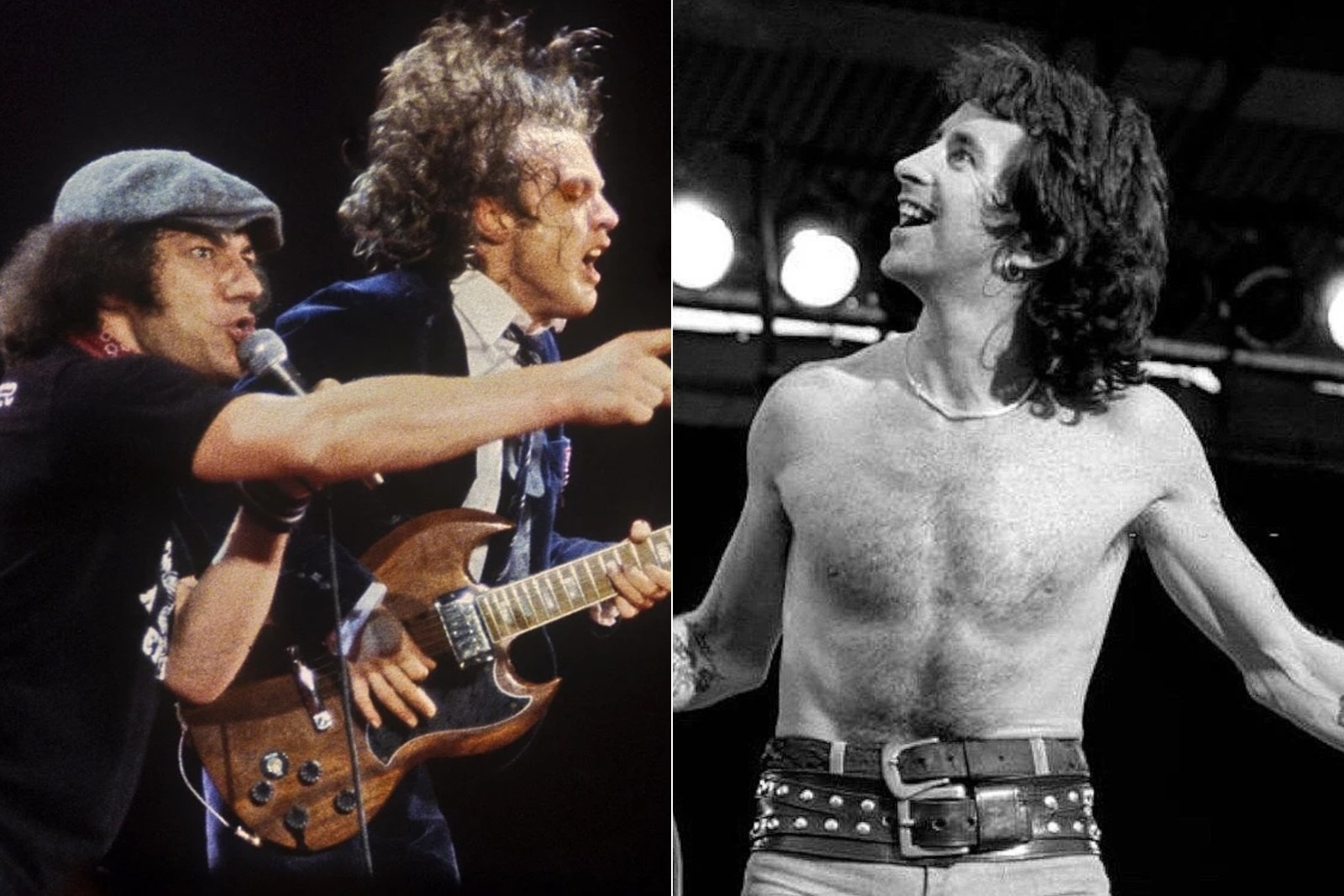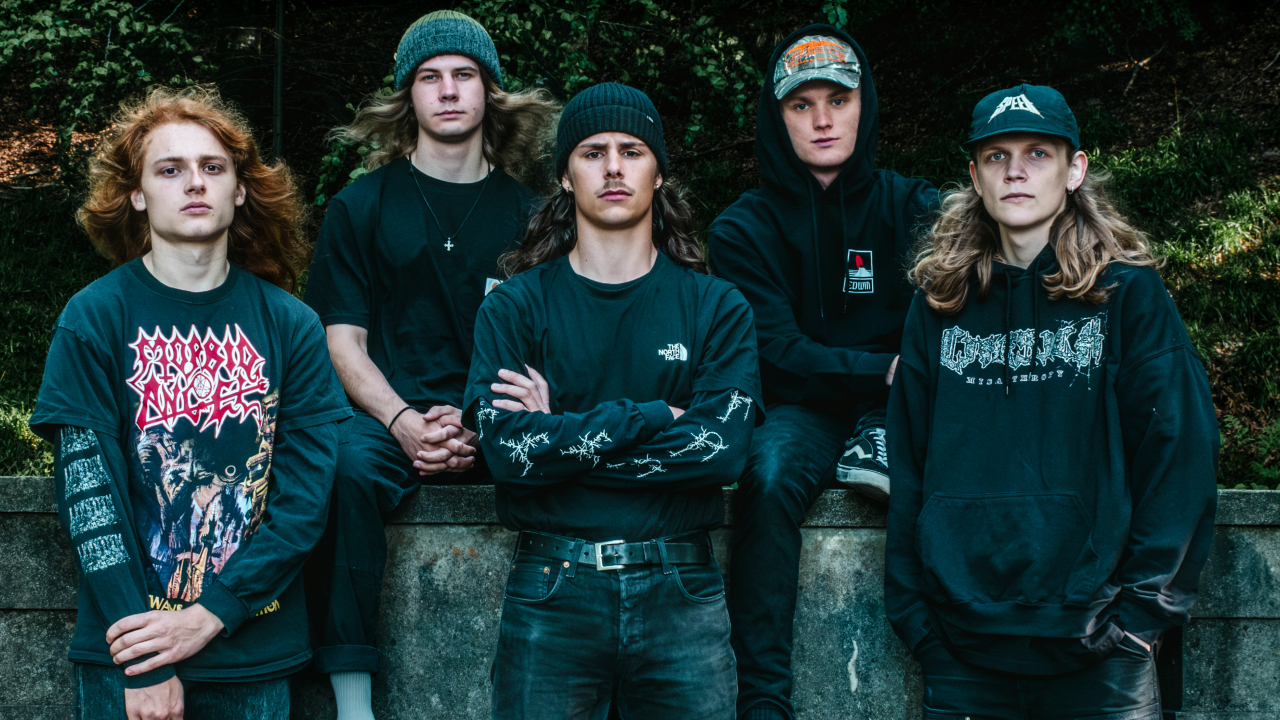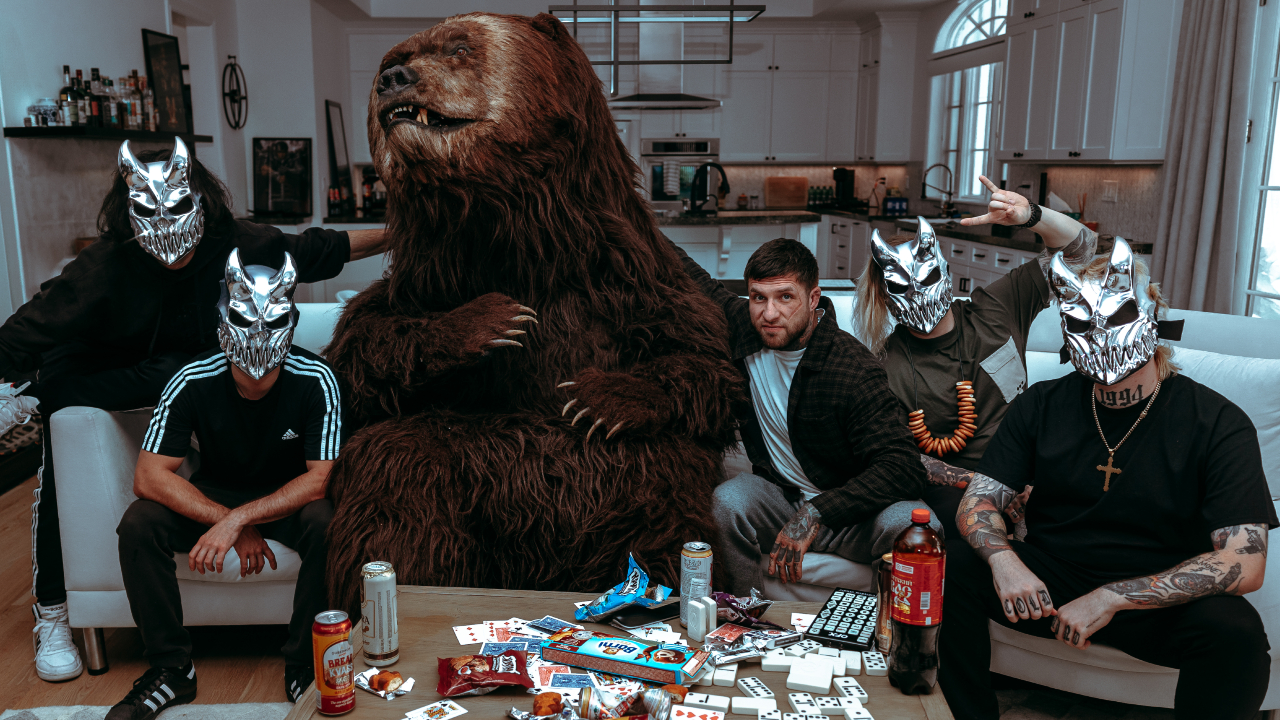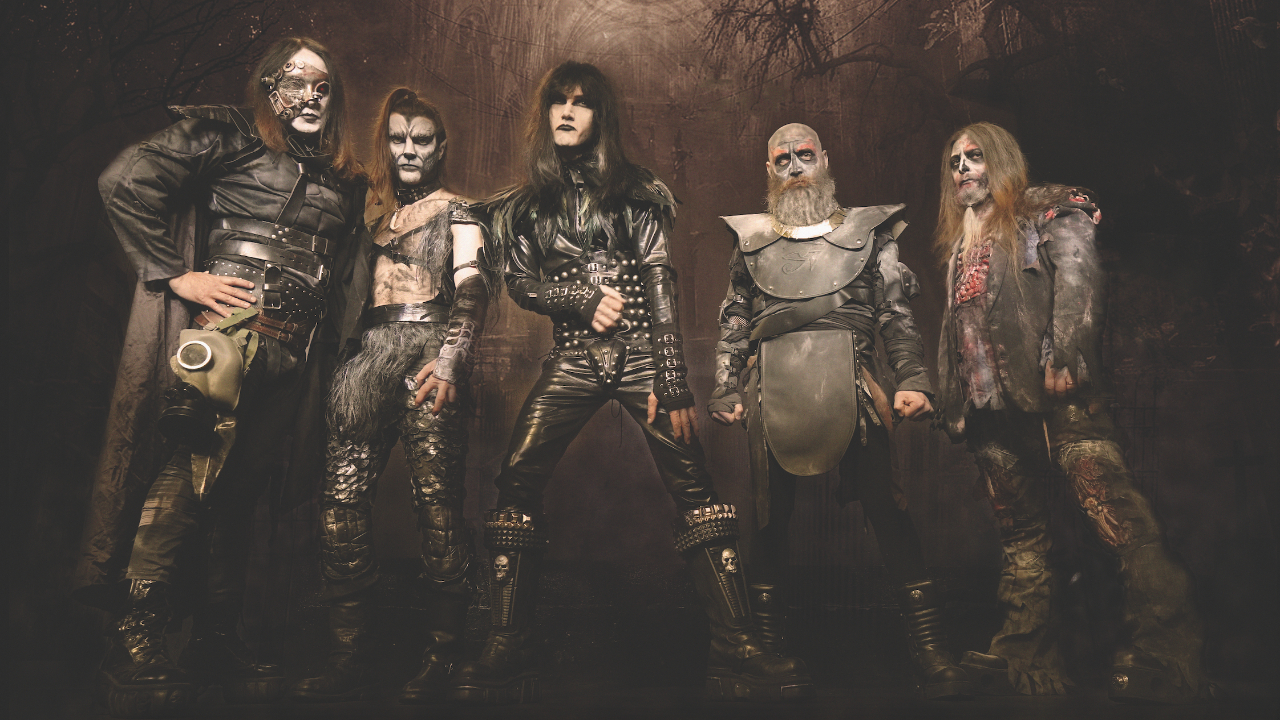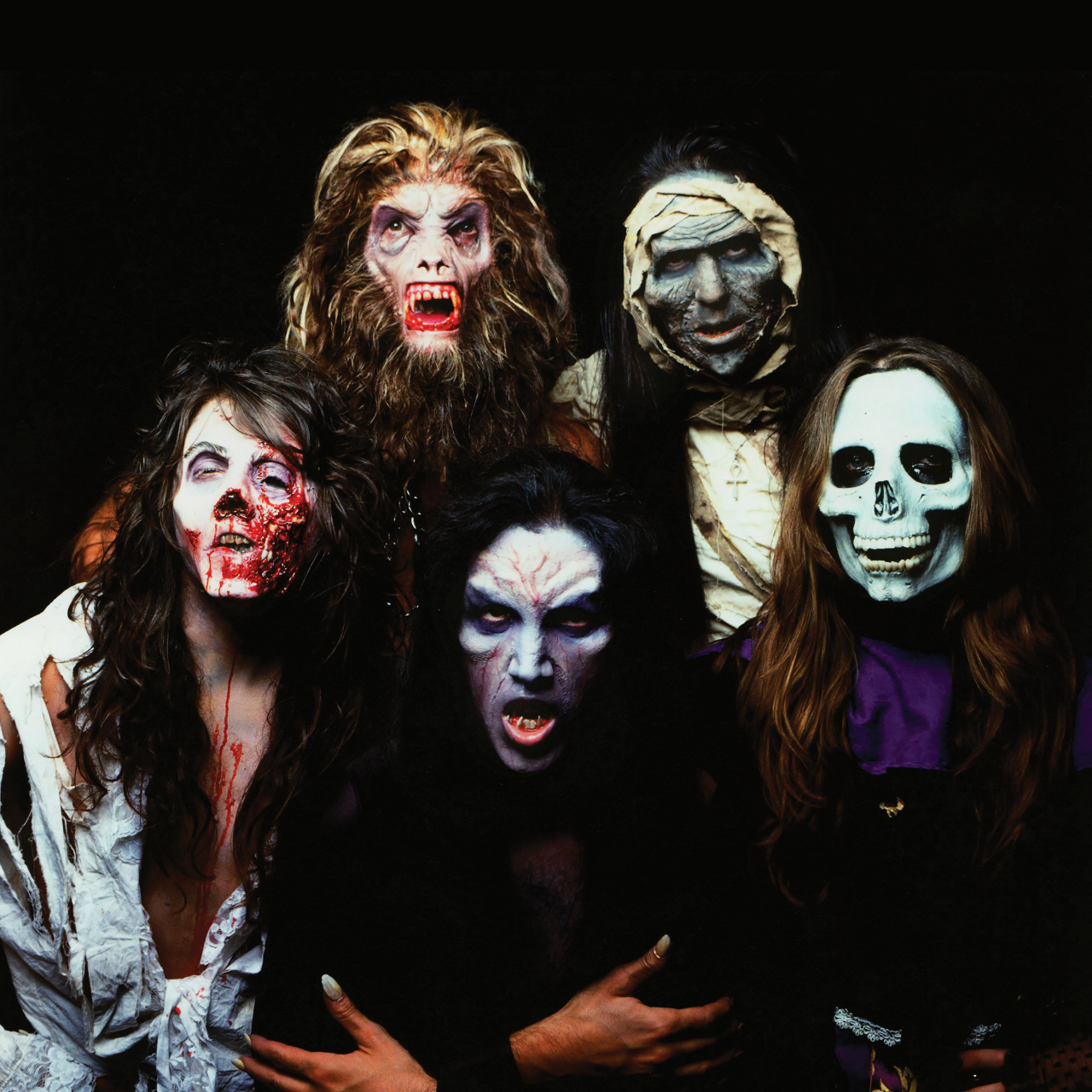
Feature Photo: Geoffrey Clowes / Shutterstock.com
The chronicle of Sir Rod Stewart is a sprawling, six-decade epic, a testament to a restless artistic spirit that journeyed from the gritty R&B clubs of 1960s London to the pinnacle of global superstardom, his unmistakable gravelly voice becoming one of the most iconic and beloved sounds in popular music. Born in Highgate, North London, Roderick David Stewart’s initial forays into the music world were decidedly unglamorous, a period of youthful exploration that saw him busking with a harmonica in 1962, a raw, itinerant apprenticeship that hinted at the tenacity to come.
His first formal engagement arrived in October 1963 when he joined The Dimensions as a harmonica player and occasional vocalist, a commitment he juggled with his day job in his brother’s painting and picture-frame shop. This early dedication, balancing nascent musical ambitions with everyday work, underscores a foundational work ethic. A more decisive step towards a full-time music career occurred in January 1964 when, at the age of 19, Stewart accepted an invitation from Long John Baldry to join his group, the All Stars, a move that prompted him to leave his conventional employment behind.
It was during this formative period that the “Rod the Mod” persona began to crystallize, his dandyish attire and carefully cultivated style reflecting not merely a fashion statement but an authentic immersion in the vibrant Mod subculture of the era. This early understanding of image and stage presence, an innate grasp of showmanship, would prove to be a vital component of his enduring appeal. His musical education was further enriched by his involvement with Steampacket, a white soul revue that toured with luminaries such as The Rolling Stones, steeping him in the R&B and soul idioms that would forever inform his vocal delivery—the characteristic rasp, the emotive phrasing, and the soulful depth that became his sonic signature. This unwavering blues and R&B foundation provided him with a versatile musical vocabulary, a core authenticity that allowed him to later navigate and master an astonishing array of genres.
The late 1960s marked a crucial period of artistic sharpening, as Stewart’s talents were forged in the crucible of two influential bands, the Jeff Beck Group and Faces, even as he simultaneously laid the groundwork for a monumental solo career. Joining the Jeff Beck Group in February 1967 was a “significant break,” a pivotal moment that not only paired him with the virtuosic guitarist Jeff Beck but also initiated his enduring friendship and musical partnership with Ronnie Wood. This collaboration was instrumental in honing his rock credentials and significantly boosting his visibility, particularly in the United States.
The group’s albums, Truth (1968) and Beck-Ola (1969), served as powerful showcases for Stewart’s increasingly dramatic and potent vocals; he also contributed to songwriting, later crediting this period with a significant development in his vocal abilities. The dynamic within such a talent-laden group, while creatively stimulating, was not without its challenges, including conflicts with management, an environment that likely accelerated his maturation as a performer.
Concurrent with this band activity, Stewart’s solo ambitions were taking shape. He signed a solo recording contract with Mercury Records in October 1968, and in 1969, released his debut solo album, An Old Raincoat Won’t Ever Let You Down (titled The Rod Stewart Album in the US). This record immediately established his distinctive solo sound: a compelling fusion of folk, rock, and country blues, imbued with a uniquely British working-class sensibility and narrative depth. This early solo work demonstrated not only his ambition but also a clear artistic vision distinct from his band projects.
In October 1969, following Steve Marriott’s departure from the Small Faces, Stewart, along with Ronnie Wood, joined the reconfigured lineup, which was soon rebranded as Faces. Renowned for their boisterous, freewheeling rock and roll and infectious camaraderie, Faces offered a more raucous and communal outlet for Stewart’s talents. The parallel pursuit of a flourishing solo career—with albums like Gasoline Alley (1970) gaining acclaim—alongside his role in the increasingly popular Faces, created a unique, if sometimes tense, dynamic. This duality, however, proved strategically brilliant, allowing him to explore diverse musical facets and ensuring his voice and name remained consistently in the public eye, effectively amplifying his ascent.
The dawn of the 1970s witnessed Rod Stewart’s explosive ascent to global superstardom, a trajectory ignited by a single song that would become an anthem for a generation and solidify his place in rock and roll history. The 1971 solo album Every Picture Tells a Story proved to be the watershed moment. Its second track, “Maggie May,” a poignant, mandolin-laced narrative co-written by Stewart and Martin Quittenton and initially relegated to the B-side of the single “Reason to Believe,” unexpectedly captured the public’s imagination.
Through sheer force of radio airplay and popular demand, “Maggie May” and its parent album achieved an unprecedented feat in September 1971, simultaneously topping the singles and albums charts in the United Kingdom, the United States, Canada, and Australia—a historic first that instantly transformed Stewart from a respected vocalist into a bona fide international phenomenon. The song’s organic success, driven by its narrative charm and Stewart’s evocative delivery rather than overt marketing, underscored an appeal rooted in genuine artistic merit. “Maggie May” enjoyed a five-week reign at number one in both the US and UK and has since been enshrined by the Rock and Roll Hall of Fame as one of the 500 Songs that Shaped Rock and Roll.
This triumph was swiftly followed by continued success with the album Never a Dull Moment in 1972, which featured the hit single “You Wear It Well,” further cementing his chart dominance. A move to Warner Bros. Records in 1975 and a collaboration with legendary producer Tom Dowd on the album Atlantic Crossing marked a subtle shift towards a more polished sound, yielding the monumental UK number-one single “Sailing,” which became his biggest-selling single in his homeland.
The latter half of the decade saw Stewart maintain his Midas touch, with the ballad “Tonight’s the Night (Gonna Be Alright)” holding the top spot on the US Billboard Hot 100 for an impressive eight weeks in 1976, and the disco-infused “Da Ya Think I’m Sexy?” from the 1978 album Blondes Have More Fun conquering charts worldwide, including number one positions in both the US and UK. While “Da Ya Think I’m Sexy?” courted criticism from some quarters for its departure from his rock roots, its massive success demonstrated a remarkable commercial adaptability and an astute understanding of the evolving musical landscape. Characteristically, Stewart turned potential controversy into a positive gesture, donating his royalties from the song to UNICEF and performing it at the Music for UNICEF Concert in 1979. This ability to navigate and often conquer prevailing musical trends, while sometimes divisive, was a crucial element in maintaining his extraordinary level of fame and relevance throughout a rapidly changing decade.
Throughout the 1980s and 1990s, Rod Stewart showcased an extraordinary capacity for reinvention and resilience, navigating shifting musical tides with a chameleon-like adaptability that ensured his continued presence at the forefront of popular music, culminating in one of his most unexpected and successful career pivots. As the 1970s gave way to the 80s, Stewart astutely embraced the emerging sounds of new wave and synth-pop, evident in albums like Tonight I’m Yours (1981), which spawned the hit single “Young Turks,” a track that resonated with the MTV generation.
While this period saw him explore more contemporary production styles, sometimes to the chagrin of longtime rock purists, it kept him firmly in the charts. The late 1980s and early 1990s heralded a significant resurgence in his popularity, with albums like Out of Order (1988), co-produced by Duran Duran’s Andy Taylor and Chic’s Bernard Edwards, and Vagabond Heart (1991) delivering a string of memorable hits including “Lost In You,” “Forever Young,” “My Heart Can’t Tell You No,” a poignant cover of Tom Waits’ “Downtown Train,” and the anthemic “Rhythm of My Heart”.
A particularly pivotal moment arrived in 1993 with the release of Unplugged…and Seated. This live acoustic album, part of MTV’s popular series, was a critical and commercial triumph, stripping back the layers of production to highlight the raw power and emotive depth of Stewart’s voice. His rendition of Van Morrison’s “Have I Told You Lately” from this album became a major international hit and served as a powerful reaffirmation of his core talents as an interpreter and vocalist, reminding audiences of the folk and rock roots that underpinned his artistry.
Then, in the early 2000s, Stewart embarked on perhaps his most audacious and ultimately rewarding venture: The Great American Songbook series. Under the guidance of legendary music executive Clive Davis, he released a succession of albums interpreting classic pop standards from the 1930s and 1940s. This move was met with immense popular success, with Stardust: The Great American Songbook, Volume III (2004) earning him his first US number-one album in 25 years and his first Grammy Award. This strategic masterstroke not only introduced his voice to a new demographic but also cleverly repositioned him as an elder statesman of popular song, transcending genre limitations.
Demonstrating that his creative wellspring was far from dry, Stewart returned to songwriting after what he described as a “dark period of twenty years,” releasing the album Time in 2013, which featured original material and impressively debuted at number one on the UK Albums Chart.
The sheer scale of Rod Stewart’s recorded output and the consistent, decades-spanning success of his music underscore a relentless creative drive and an almost unparalleled ability to connect with audiences across generations. As of the 2024 release of Swing Fever, a collaboration with Jools Holland, Stewart has amassed an extraordinary catalogue of 32 studio albums. This prolific discography, stretching from his 1969 debut An Old Raincoat Won’t Ever Let You Down to his most recent offerings, is a testament to remarkable longevity and an unwavering commitment to his craft over six decades.
His chart achievements are staggering: in his native United Kingdom, he has celebrated 10 number-one albums and an impressive 31 top-ten singles, six of which reached the coveted number-one position. This enduring bond with his home audience is a cornerstone of his career. Across the Atlantic, in the competitive US market, Stewart has garnered 16 top-ten singles, with four scaling the summit of the Billboard Hot 100. This consistent ability to craft songs that resonated deeply on both sides of the ocean speaks to a universal quality in his music and persona, a hallmark of truly iconic international artists.
His list of hit singles reads like a soundtrack to multiple eras, showcasing his remarkable versatility: the folk-rock intimacy of “Maggie May,” the swagger of “You Wear It Well,” the heartfelt sweep of “Sailing,” the sultry allure of “Tonight’s the Night (Gonna Be Alright),” the raw emotion of Cat Stevens’ “The First Cut Is the Deepest,” the controversial yet undeniably catchy disco of “Da Ya Think I’m Sexy?,” the new wave energy of “Passion” and “Young Turks,” the poignant balladry of “Baby Jane” and “My Heart Can’t Tell You No,” the timeless sentiment of “Forever Young,” the urban romance of “Downtown Train,” the Celtic-infused rock of “Rhythm of My Heart,” the tender reinterpretation of “Have I Told You Lately,” and the blockbuster collaboration “All For Love” with Sting and Bryan Adams. This continuous stream of diverse hits, coupled with his strategic evolution in sound, prevented him from being prematurely relegated to a nostalgia act, allowing him to generate new successes and remain a vital, current artist for far longer than many of his contemporaries.
The immense critical acclaim and industry respect Rod Stewart has garnered throughout his career are vividly reflected in the constellation of prestigious awards and honors bestowed upon him, cementing his status as a true legend of popular music. Perhaps most significantly, he holds the rare distinction of being inducted into the Rock and Roll Hall of Fame not once, but twice: first as a solo artist in 1994, an honor presented by his former bandmate Jeff Beck, and again in 2012 as a pivotal member of the influential group Faces. This dual induction is a powerful testament to his profound impact in multiple creative capacities, acknowledging his contributions both as a singular frontman and as an integral part of a band that significantly shaped the rock genre.
In 2005, his successful foray into classic pop standards was recognized with a Grammy Award for Best Traditional Pop Vocal Album for Stardust… The Great American Songbook Volume III. His profound impact on British music was celebrated in 1993 when he received the Brit Award for Outstanding Contribution to Music. One of the highest civilian honors, a knighthood, was conferred upon him in the 2016 Birthday Honours, recognizing his extensive “services to music and charity,” officially making him Sir Rod Stewart. This elevation to knighthood signifies his integration into the fabric of British cultural life, acknowledging not just his musical legacy but also his significant philanthropic endeavors.
Further underscoring his global icon status, Stewart received a star on the Hollywood Walk of Fame in 2005 and was inducted into the UK Music Hall of Fame in 2006. His enduring chart power and vocal prowess have also been acknowledged by industry arbiters: Billboard magazine ranked him the 17th most successful artist on their “Billboard Hot 100 All-Time Top Artists” list in 2008, while both Q Magazine and Rolling Stone have featured him prominently in their respective lists of the “Greatest Singers of All Time”. His trophy cabinet also includes a Legend Award (1993) and a Diamond Award (2001, for sales exceeding 100 million records worldwide) from the World Music Awards, the prestigious ASCAP Founders Award in 2011, and an Ivor Novello Lifetime Achievement Award in 1999.
Beyond the dazzling spotlight of his musical achievements, Rod Stewart has cultivated a life rich with personal passions and a notable commitment to philanthropy, elements that contribute significantly to his beloved status and the perception of an “everyman” appeal coexisting with his rock royalty. His charitable work is extensive, notably his active fundraising for The City of Hope Foundation, an organization dedicated to cancer research, a cause that became deeply personal following his own diagnosis and successful treatment for thyroid cancer in 2000. This commitment to giving back was further evidenced in February 2023 when he personally funded a day’s worth of MRI scans for patients at a National Health Service hospital in Harlow, Essex, to help alleviate waiting lists, an act of direct intervention driven by empathy.
This philanthropy, often stemming from personal experience, adds a layer of profound humanism to his public image. A lifelong and fervent passion for football has always been a defining characteristic; a talented player in his youth who captained his school team, he remains an ardent supporter of Celtic FC and the Scotland national team. This relatable enthusiasm for the “beautiful game” endears him to legions of fans.
Perhaps more unexpectedly, Stewart is a dedicated and highly accomplished model railway enthusiast. His elaborate 23 ft × 124 ft HO scale layout, meticulously modeled on the New York Central and Pennsylvania Railroads of the 1940s, has graced the cover of Model Railroader magazine multiple times—an accolade he once famously stated meant more to him than appearing in a music magazine. This intricate hobby reveals a meticulous, patient, and perhaps surprisingly introspective side to the flamboyant performer.
While also a known car collector, with a Ferrari Enzo among his prized possessions, it is these more down-to-earth pursuits, alongside his well-documented working-class origins, that cultivate a persona of relatability. This perceived authenticity, even amidst decades of fame and fortune, helps bridge the gap between the iconic star and his audience, fostering a deeper connection that transcends mere admiration for his musical talent. His enduring popularity, which has seen him sell over 120 million records worldwide, is undeniably rooted in his distinctive raspy voice and his unique ability to fuse rock, folk, soul, and R&B into a sound that appeals to an exceptionally broad audience.
The narrative of Rod Stewart is far from concluded; his unfading voice continues to resonate, adding new chapters to a six-decade legacy that is firmly embedded in the pantheon of popular music. He remains a vital recording artist, with recent studio albums such as Blood Red Roses (2018), The Tears of Hercules (2021), and the vibrant Jools Holland collaboration Swing Fever (2024) demonstrating an ongoing creative spark and a desire to explore fresh musical avenues.
His enduring stage presence has been showcased at highly significant events, including a performance at the Platinum Party at the Palace in June 2022, celebrating Queen Elizabeth II’s Platinum Jubilee, and his participation in the poignant Jeff Beck tribute concerts in May 2023. Further affirming his iconic status and cross-generational appeal, Stewart has been confirmed to play the prestigious “Legends” slot at the Glastonbury Festival in 2025, a booking that serves as a cultural anointment in the UK, signifying an artist’s elevation to a select group of performers who have achieved timeless, iconic status.
The immense commercial and cultural value of his life’s work was unequivocally underscored in February 2024 when Irving Azoff’s Iconic Artists Group acquired Stewart’s extensive music catalogue for a sum reported to be close to $100 million. This landmark valuation is a definitive statement on the enduring artistic and financial power of his body of work, reflecting not just past glories but the ongoing significance and earning potential of his songs. Sir Rod Stewart’s remarkable journey, characterized by his unmistakable voice, his fearless genre-blending, his captivating showmanship, and an uncanny ability to connect with audiences on a deeply personal level, ensures that his music will continue to entertain and inspire for generations to come.
Complete List Of Rod Stewart Songs From A to Z
- (Find a) Reason to Believe – Every Picture Tells a Story – 1971
- (I Know) I’m Losing You – Every Picture Tells a Story – 1971
- (If Loving You Is Wrong) I Don’t Want to Be Right – Foot Loose & Fancy Free – 1977
- (You Make Me Feel Like) A Natural Man – Smiler – 1974
- (Your Love Keeps Lifting Me) Higher and Higher – Soulbook – 2009
- ‘S Wonderful – Stardust: The Great American Songbook, Volume III – 2004
- A Friend for Life – Another Country – 2015
- A Kiss to Build a Dream on – Stardust: The Great American Songbook, Volume III – 2004
- A Night Like This – Every Beat of My Heart – 1986
- A Nightingale Sang in Berkeley Square – Stardust: The Great American Songbook, Volume III – 2004
- Ain’t Love a Bitch – Blondes Have More Fun – 1978
- Ain’t Misbehavin’ – Fly Me to the Moon… The Great American Songbook Volume V – 2010
- Ain’t Misbehavin’ – Swing Fever – 2024
- All in the Name of Rock ‘N’ Roll – Atlantic Crossing – 1975
- All My Days – The Tears of Hercules – 2021
- All of Me – Fly Me to the Moon… The Great American Songbook Volume V – 2010
- All Right Now – Camouflage – 1984
- Almost Illegal – Out of Order – 1988
- Almost Like Being in Love – Swing Fever – 2024
- Alright for an Hour – Atlantic Crossing – 1975
- An Old Raincoat Won’t Ever Let You Down – An Old Raincoat Won’t Ever Let You Down – 1969
- Angel – Never a Dull Moment – 1972
- Another Country – Another Country – 2015
- Another Heartache – Every Beat of My Heart – 1986
- As Time Goes By – As Time Goes By: The Great American Songbook, Volume II – 2003
- Attractive Female Wanted – Blondes Have More Fun – 1978
- Auld Lang Syne – Merry Christmas, Baby – 2012
- Baby Jane – Body Wishes – 1983
- Baby, It’s Cold Outside – Stardust: The Great American Songbook, Volume III – 2004
- Bad For You – Camouflage – 1984
- Batman Superman Spiderman – Another Country – 2015
- Beautiful Morning – Time – 2013
- Better off Dead – Foolish Behaviour – 1980
- Bewitched, Bothered & Bewildered – As Time Goes By: The Great American Songbook, Volume II – 2003
- Beyond the Sea – Fly Me to the Moon… The Great American Songbook Volume V – 2010
- Big Bayou – A Night on the Town – 1976
- Blind Prayer – An Old Raincoat Won’t Ever Let You Down – 1969
- Blood Red Roses – Blood Red Roses – 2018
- Blondes (Have More Fun) – Blondes Have More Fun – 1978
- Blue Christmas – Merry Christmas, Baby – 2012
- Blue Moon – Stardust: The Great American Songbook, Volume III – 2004
- Blue Skies – Thanks for the Memory: The Great American Songbook, Volume IV – 2005
- Body Wishes – Body Wishes – 1983
- Born Loose – Foot Loose & Fancy Free – 1977
- Born to Boogie (A Tribute to Marc Bolan) – The Tears of Hercules – 2021
- Brighton Beach – Time – 2013
- Bring It On Home to Me/You Send Me – Smiler – 1974
- Broken Arrow – Vagabond Heart – 1991
- But Not for Me – Stardust: The Great American Songbook, Volume III – 2004
- Bye Bye Blackbird – Fly Me to the Moon… The Great American Songbook Volume V – 2010
- Camouflage – Camouflage – 1984
- Can We Stay Home Tonight? – Another Country – 2015
- Can’t Stop Me Now – Time – 2013
- Can We Still Be Friends – Camouflage – 1984
- Careless With Our Love – When We Were the New Boys – 1998
- Charlie Parker Loves Me – Human – 2001
- Cheek to Cheek – Thanks for the Memory: The Great American Songbook, Volume IV – 2005
- Cheek to Cheek – Fly Me to the Moon… The Great American Songbook Volume V – 2010
- Cigarettes and Alcohol – When We Were the New Boys – 1998
- Cindy’s Lament – An Old Raincoat Won’t Ever Let You Down – 1969
- Cold Old London – Blood Red Roses – 2018
- Cold Water – Time – 2013
- Corrina Corrina – Time – 2013
- Country Comfort – Gasoline Alley – 1970
- Crazy About Her – Out of Order – 1988
- Crazy Love – Still the Same… Great Rock Classics of Our Time – 2006
- Crazy She Calls Me – As Time Goes By: The Great American Songbook, Volume II – 2003
- Cut Across Shorty – Gasoline Alley – 1970
- Da Ya Think I’m Sexy? – Blondes Have More Fun – 1978
- Dancin’ Alone – Body Wishes – 1983
- Day After Day – Still the Same… Great Rock Classics of Our Time – 2006
- Delicious – A Spanner in the Works – 1995
- Didn’t I – Blood Red Roses – 2018
- Dirty Old Town – An Old Raincoat Won’t Ever Let You Down – 1969
- Dirty Weekend – Blondes Have More Fun – 1978
- Dixie Toot – Smiler – 1974
- Don’t Come Around Here – Human – 2001
- Don’t Get Around Much Anymore – As Time Goes By: The Great American Songbook, Volume II – 2003
- Downtown Train – Vagabond Heart – 1991
- Drift Away – Atlantic Crossing – 1975
- Dynamite – Out of Order – 1988
- Embraceable You – Stardust: The Great American Songbook, Volume III – 2004
- Ev’ry Time We Say Goodbye – It Had to Be You: The Great American Songbook – 2002
- Every Beat of My Heart – Every Beat of My Heart – 1986
- Every Picture Tells a Story – Every Picture Tells a Story – 1971
- Every Rock’n’Roll Song to Me – Another Country – 2015
- Everything I Own – Still the Same… Great Rock Classics of Our Time – 2006
- Farewell – Smiler – 1974
- Farewell – Blood Red Roses – 2018
- Father and Son – Still the Same… Great Rock Classics of Our Time – 2006
- Finest Woman – Time – 2013
- Fly Me to the Moon – Fly Me to the Moon… The Great American Songbook Volume V – 2010
- Fool for You – A Night on the Town – 1976
- Fooled Around and Fell in Love – Still the Same… Great Rock Classics of Our Time – 2006
- Foolish Behaviour – Foolish Behaviour – 1980
- For All We Know – It Had to Be You: The Great American Songbook – 2002
- For Sentimental Reasons – Stardust: The Great American Songbook, Volume III – 2004
- Forever Young – Out of Order – 1988
- Frankie and Johnny – Swing Fever – 2024
- Gabriella – The Tears of Hercules – 2021
- Gasoline Alley – Gasoline Alley – 1970
- Ghetto Blaster – Body Wishes – 1983
- Gi’ Me Wings – Foolish Behaviour – 1980
- Girl from the North Country – Smiler – 1974
- Give Me Love – Blood Red Roses – 2018
- Go Out Dancing – Vagabond Heart – 1991
- Good Rockin’ Tonight – Swing Fever – 2024
- Grace – Blood Red Roses – 2018
- Great Day – Another Country – 2015
- Handbags and Gladrags – An Old Raincoat Won’t Ever Let You Down – 1969
- Hang On St. Christopher – A Spanner in the Works – 1995
- Hard Road – Smiler – 1974
- Have I Told You Lately – Vagabond Heart – 1991
- Have Yourself a Merry Little Christmas – Merry Christmas, Baby – 2012
- Have You Ever Seen the Rain? – Still the Same… Great Rock Classics of Our Time – 2006
- Heart Is on the Line – Camouflage – 1984
- Henry – Every Picture Tells a Story – 1971
- Here Comes the Night – Time – 2013
- Here to Eternity – Every Beat of My Heart – 1986
- Hold On – The Tears of Hercules – 2021
- Hold the Line – Another Country – 2015
- Hole in My Heart – Blood Red Roses – 2018
- Honey Gold – Blood Red Roses – 2018
- Hot Legs – Foot Loose & Fancy Free – 1977
- Hotel Chambermaid – When We Were the New Boys – 1998
- How Long – Tonight I’m Yours – 1981
- Human – Human – 2001
- I Can’t Deny It – Human – 2001
- I Can’t Get Started – Stardust: The Great American Songbook, Volume III – 2004
- I Can’t Imagine – The Tears of Hercules – 2021
- I Don’t Want to Get Married – Blood Red Roses – 2018
- I Don’t Want to Talk About It – Atlantic Crossing – 1975
- I Get a Kick Out of You – Fly Me to the Moon… The Great American Songbook Volume V – 2010
- I Only Have Eyes for You – As Time Goes By: The Great American Songbook, Volume II – 2003
- I Was Only Joking – Foot Loose & Fancy Free – 1977
- I Wish You Love – Thanks for the Memory: The Great American Songbook, Volume IV – 2005
- I Wouldn’t Ever Change a Thing – An Old Raincoat Won’t Ever Let You Down – 1969
- I’d Rather Go Blind – Never a Dull Moment – 1972
- I’ll Be Seeing You – It Had to Be You: The Great American Songbook – 2002
- I’ll Stand by You – Still the Same… Great Rock Classics of Our Time – 2006
- I’m in the Mood for Love – As Time Goes By: The Great American Songbook, Volume II – 2003
- I’ve Got a Crush on You – Thanks for the Memory: The Great American Songbook, Volume IV – 2005
- I’ve Got My Love to Keep Me Warm – Thanks for the Memory: The Great American Songbook, Volume IV – 2005
- I’ve Got the World on a String – Fly Me to the Moon… The Great American Songbook Volume V – 2010
- I’ve Got You Under My Skin – Fly Me to the Moon… The Great American Songbook Volume V – 2010
- I’ve Grown Accustomed to Her Face – Smiler – 1974
- I’ve Grown Accustomed to Her Face – Thanks for the Memory: The Great American Songbook, Volume IV – 2005
- If I Had You – Human – 2001
- If Not for You – Still the Same… Great Rock Classics of Our Time – 2006
- If Only – Vagabond Heart – 1991
- If You Don’t Know Me by Now – Soulbook – 2009
- In a Broken Dream – Another Country – 2015
- In My Life – Every Beat of My Heart – 1986
- In My Own Crazy Way – Every Beat of My Heart – 1986
- Infatuation – Camouflage – 1984
- Interludings – Never a Dull Moment – 1972
- Is That the Thanks I Get? – Blondes Have More Fun – 1978
- Isn’t It Romantic? – Stardust: The Great American Songbook, Volume III – 2004
- It Had to Be You – It Had to Be You: The Great American Songbook – 2002
- It Takes Two – Vagabond Heart – 1991
- It Was a Very Good Year – Blood Red Roses – 2018
- It Was Love That We Needed – Human – 2001
- It’s a Heartache – Still the Same… Great Rock Classics of Our Time – 2006
- It’s Not the Spotlight – Atlantic Crossing – 1975
- It’s Over – Time – 2013
- It’s the Same Old Song – Soulbook – 2009
- Italian Girls – Never a Dull Moment – 1972
- It’s All Over Now – Gasoline Alley – 1970
- It’s All Over Now (single version) – Gasoline Alley – 1970
- Jealous – Tonight I’m Yours – 1981
- Jo’s Lament – Gasoline Alley – 1970
- Julia – Blood Red Roses – 2018
- Just Like a Woman – Tonight I’m Yours – 1981
- Just My Imagination – Soulbook – 2009
- Kookooaramabama – The Tears of Hercules – 2021
- Lady Day – Gasoline Alley – 1970
- Lady Luck – A Spanner in the Works – 1995
- Last Summer – Blondes Have More Fun – 1978
- Last Train Home – Another Country – 2015
- Lay Down Sally – Still the Same… Great Rock Classics of Our Time – 2006
- Leave Virginia Alone – A Spanner in the Works – 1995
- Legless – Time – 2013
- Let It Be Me – Soulbook – 2009
- Let It Snow! Let It Snow! Let It Snow! – Merry Christmas, Baby – 2012
- Let Me Be Your Car – Smiler – 1974
- Let’s Fall in Love – Thanks for the Memory: The Great American Songbook, Volume IV – 2005
- Lethal Dose of Love – Out of Order – 1988
- Live the Life – Time – 2013
- Lochinvar – Smiler – 1974
- Long Ago and Far Away – Thanks for the Memory: The Great American Songbook, Volume IV – 2005
- Look in Her Eyes – Blood Red Roses – 2018
- Lost in You – Out of Order – 1988
- Lost Paraguayos – Never a Dull Moment – 1972
- Love and Be Loved – Another Country – 2015
- Love Has No Pride – Time – 2013
- Love Hurts – Still the Same… Great Rock Classics of Our Time – 2006
- Love Is – Another Country – 2015
- Love Is the Sweetest Thing – Swing Fever – 2024
- Love Me or Leave Me – Fly Me to the Moon… The Great American Songbook Volume V – 2010
- Love Touch – Every Beat of My Heart – 1986
- Love Train – Soulbook – 2009
- Loveless – Human – 2001
- Lullaby of Broadway – Swing Fever – 2024
- Maggie May – Every Picture Tells a Story – 1971
- Make Love to Me Tonight – Time – 2013
- Makin’ Whoopee – Thanks for the Memory: The Great American Songbook, Volume IV – 2005
- Mama, You Been on My Mind – Never a Dull Moment – 1972
- Man of Constant Sorrow – An Old Raincoat Won’t Ever Let You Down – 1969
- Mandolin Wind – Every Picture Tells a Story – 1971
- Manhattan – Stardust: The Great American Songbook, Volume III – 2004
- Merry Christmas, Baby – Merry Christmas, Baby – 2012
- Mine for Me – Smiler – 1974
- Missing You – Still the Same… Great Rock Classics of Our Time – 2006
- Moment of Glory – Vagabond Heart – 1991
- Moon River – Fly Me to the Moon… The Great American Songbook Volume V – 2010
- Moonglow – It Had to Be You: The Great American Songbook – 2002
- Move Me – Body Wishes – 1983
- Muddy, Sam and Otis – A Spanner in the Works – 1995
- My Cherie Amour – Soulbook – 2009
- My Favourite Things – As Time Goes By: The Great American Songbook, Volume II – 2003
- My Foolish Heart – Fly Me to the Moon… The Great American Songbook Volume V – 2010
- My Funny Valentine – Thanks for the Memory: The Great American Songbook, Volume IV – 2005
- My Girl – Foolish Behaviour – 1980
- My Heart Can’t Tell You No – Out of Order – 1988
- My Heart Stood Still – As Time Goes By: The Great American Songbook, Volume II – 2003
- My One and Only Love – Thanks for the Memory: The Great American Songbook, Volume IV – 2005
- My Way of Giving – Gasoline Alley – 1970
- Nevertheless (I’m in Love with You) – Thanks for the Memory: The Great American Songbook, Volume IV – 2005
- Never Give Up on a Dream – Tonight I’m Yours – 1981
- Never Give You Up – Soulbook – 2009
- Night and Day – Stardust: The Great American Songbook, Volume III – 2004
- Night Train – Swing Fever – 2024
- No Holding Back – Vagabond Heart – 1991
- Nobody Knows You When You’re Down and Out – Out of Order – 1988
- Oh God, I Wish I Was Home Tonight – Foolish Behaviour – 1980
- Oh Marie – Swing Fever – 2024
- One More Time – The Tears of Hercules – 2021
- One Night with You – Another Country – 2015
- Only a Boy – Tonight I’m Yours – 1981
- Only a Hobo – Gasoline Alley – 1970
- Only the Strong Survive – Soulbook – 2009
- Ooh La La – When We Were the New Boys – 1998
- Our Love Is Here to Stay – As Time Goes By: The Great American Songbook, Volume II – 2003
- Passion – Foolish Behaviour – 1980
- Peach – Human – 2001
- Pennies from Heaven – Swing Fever – 2024
- Picture in a Frame – Time – 2013
- Please – Another Country – 2015
- Precious Memories – The Tears of Hercules – 2021
- Pretty Flamingo – A Night on the Town – 1976
- Priceless – Blood Red Roses – 2018
- Pure Love – Time – 2013
- Purple Heather – A Spanner in the Works – 1995
- Rainy Night in Georgia – Soulbook – 2009
- Ready Now – Body Wishes – 1983
- Rebel Heart – Vagabond Heart – 1991
- Red Hot in Black – Every Beat of My Heart – 1986
- Red-Suited Super Man – Merry Christmas, Baby – 2012
- Rest of My Life – Blood Red Roses – 2018
- Rhythm of My Heart – Vagabond Heart – 1991
- Rocks – When We Were the New Boys – 1998
- Rollin’ & Tumblin’ – Blood Red Roses – 2018
- Run Back into Your Arms – Human – 2001
- Sailing – Atlantic Crossing – 1975
- Sailor – Smiler – 1974
- Santa Claus Is Coming to Town – Merry Christmas, Baby – 2012
- Satisfied – Body Wishes – 1983
- Say It Ain’t True – Foolish Behaviour – 1980
- Scarred and Scared – Blondes Have More Fun – 1978
- Secret Heart – When We Were the New Boys – 1998
- Seems Like a Long Time – Every Picture Tells a Story – 1971
- Sentimental Journey – Swing Fever – 2024
- September in the Rain – Fly Me to the Moon… The Great American Songbook Volume V – 2010
- Sexual Religion – Time – 2013
- Shake Your Moneymaker – Time – 2013
- She Makes Me Happy – Another Country – 2015
- She Won’t Dance with Me – Foolish Behaviour – 1980
- She’s Funny That Way – Fly Me to the Moon… The Great American Songbook Volume V – 2010
- Shelly My Love – When We Were the New Boys – 1998
- Silent Night – Merry Christmas, Baby – 2012
- Silver Bells – Merry Christmas, Baby – 2012
- Smile – As Time Goes By: The Great American Songbook, Volume II – 2003
- Smitten – Human – 2001
- So Soon We Change – Foolish Behaviour – 1980
- Somebody Special – Foolish Behaviour – 1980
- Some Guys Have All the Luck – Camouflage – 1984
- Some Kind of Wonderful – The Tears of Hercules – 2021
- Someone to Watch Over Me – As Time Goes By: The Great American Songbook, Volume II – 2003
- Sonny – Tonight I’m Yours – 1981
- Soothe Me – A Spanner in the Works – 1995
- Soul on Soul – Human – 2001
- Standin’ in the Shadows of Love – Blondes Have More Fun – 1978
- Stardust – Stardust: The Great American Songbook, Volume III – 2004
- Still Love You – Atlantic Crossing – 1975
- Still the Same – Still the Same… Great Rock Classics of Our Time – 2006
- Stone Cold Sober – Atlantic Crossing – 1975
- Strangers Again – Body Wishes – 1983
- Street Fighting Man – An Old Raincoat Won’t Ever Let You Down – 1969
- Sunny Side of the Street – Fly Me to the Moon… The Great American Songbook Volume V – 2010
- Superstar – When We Were the New Boys – 1998
- Sweet Little Rock ‘n’ Roller – Smiler – 1974
- Sweet Surrender – Body Wishes – 1983
- Sweetheart Like You – A Spanner in the Works – 1995
- Taking a Chance on Love – Thanks for the Memory: The Great American Songbook, Volume IV – 2005
- Tear It Up – Tonight I’m Yours – 1981
- Ten Days of Rain – Every Beat of My Heart – 1986
- Tennessee Waltz – Swing Fever – 2024
- Thanks for the Memory – Thanks for the Memory: The Great American Songbook, Volume IV – 2005
- That Old Black Magic – Fly Me to the Moon… The Great American Songbook Volume V – 2010
- That Old Feeling – It Had to Be You: The Great American Songbook – 2002
- That’s All – It Had to Be You: The Great American Songbook – 2002
- That’s All Right / Amazing Grace – Every Picture Tells a Story – 1971
- The Balltrap – A Night on the Town – 1976
- The Best Days of My Life – Blondes Have More Fun – 1978
- The Best of My Love – Still the Same… Great Rock Classics of Our Time – 2006
- The Christmas Song (Chestnuts Roasting on an Open Fire) – Merry Christmas, Baby – 2012
- The Downtown Lights – A Spanner in the Works – 1995
- The Drinking Song – Another Country – 2015
- The First Cut Is the Deepest – A Night on the Town – 1976
- The Killing of Georgie (Part I and II) – A Night on the Town – 1976
- The Motown Song – Vagabond Heart – 1991
- The Nearness of You – It Had to Be You: The Great American Songbook – 2002
- The Tears of Hercules – The Tears of Hercules – 2021
- The Very Thought of You – It Had to Be You: The Great American Songbook – 2002
- The Way You Look Tonight – It Had to Be You: The Great American Songbook – 2002
- The Wild Horse – Out of Order – 1988
- The Wild Side of Life – A Night on the Town – 1976
- Them There Eyes – Swing Fever – 2024
- These Are My People – The Tears of Hercules – 2021
- These Foolish Things (Remind Me of You) – It Had to Be You: The Great American Songbook – 2002
- They Can’t Take That Away from Me – It Had to Be You: The Great American Songbook – 2002
- This – A Spanner in the Works – 1995
- This Old Heart of Mine – Atlantic Crossing – 1975
- This Old Heart of Mine (Is Weak For You) – Vagabond Heart – 1991
- Three Time Loser – Atlantic Crossing – 1975
- Till There Was You – As Time Goes By: The Great American Songbook, Volume II – 2003
- Time – Time – 2013
- Time After Time – As Time Goes By: The Great American Songbook, Volume II – 2003
- To Be with You – Human – 2001
- Tomorrow Is a Long Time – Every Picture Tells a Story – 1971
- Tonight I’m Yours (Don’t Hurt Me) – Tonight I’m Yours – 1981
- Tonight’s the Night (Gonna Be Alright) – A Night on the Town – 1976
Tora, Tora, Tora (Out With The Boys) –
- Touchline – The Tears of Hercules – 2021
- Trade Winds – A Night on the Town – 1976
- Tracks of My Tears – Soulbook – 2009
- Trouble – Camouflage – 1984
- True Blue – Never a Dull Moment – 1972
- Try a Little Tenderness – Out of Order – 1988
- Twistin’ the Night Away – Never a Dull Moment – 1972
- Until the Real Thing Comes Along – As Time Goes By: The Great American Songbook, Volume II – 2003
- Up All Night – The Tears of Hercules – 2021
- Vegas Shuffle – Blood Red Roses – 2018
- Walking in the Sunshine – Another Country – 2015
- Walkin’ My Baby Back Home – Swing Fever – 2024
- Way Back Home – Another Country – 2015
- We Can Win – Another Country – 2015
- We Three Kings – Merry Christmas, Baby – 2012
- Weak – When We Were the New Boys – 1998
- We’ll Be Together Again – It Had to Be You: The Great American Songbook – 2002
- What a Difference a Day Makes – Fly Me to the Moon… The Great American Songbook Volume V – 2010
- What a Wonderful World – Stardust: The Great American Songbook, Volume III – 2004
- What Am I Gonna Do (I’m So in Love with You) – Body Wishes – 1983
- What Are You Doing New Year’s Eve? – Merry Christmas, Baby – 2012
- What Becomes of the Broken Hearted – Soulbook – 2009
- What Child Is This? – Merry Christmas, Baby – 2012
- What Do You Want Me to Do? – When We Were the New Boys – 1998
- When a Man’s in Love – Vagabond Heart – 1991
- When I Fall in Love – Fly Me to the Moon… The Great American Songbook Volume V – 2010
- When I Was Your Man – Out of Order – 1988
- When We Were the New Boys – When We Were the New Boys – 1998
- When You Wish upon a Star – Merry Christmas, Baby – 2012
- Where or When – As Time Goes By: The Great American Songbook, Volume II – 2003
- White Christmas – Merry Christmas, Baby – 2012
- Who Designed the Snowflake – Blood Red Roses – 2018
- Who’s Gonna Take Me Home – Every Beat of My Heart – 1986
- Windy Town – A Spanner in the Works – 1995
- Winter Wonderland – Merry Christmas, Baby – 2012
- Wonderful World – Soulbook – 2009
- You Are Everything – Vagabond Heart – 1991
- You Go to My Head – It Had to Be You: The Great American Songbook – 2002
- You Got a Nerve – Foot Loose & Fancy Free – 1977
- You Keep Me Hangin’ On – Foot Loose & Fancy Free – 1977
- You Make Me Feel Brand New – Soulbook – 2009
- You Send Me – Thanks for the Memory: The Great American Songbook, Volume IV – 2005
- You Wear It Well – Never a Dull Moment – 1972
- You’re Insane – Foot Loose & Fancy Free – 1977
- You’re in My Heart (The Final Acclaim) – Foot Loose & Fancy Free – 1977
- You’re My Girl (I Don’t Want to Discuss It) – Gasoline Alley – 1970
- You’re the Star – A Spanner in the Works – 1995
- You’ve Really Got a Hold on Me – Soulbook – 2009
- Young Turks – Tonight I’m Yours – 1981
Albums
An Old Raincoat Won’t Ever Let You Down (1969): 8 songs
Gasoline Alley (1970): 10 songs
Every Picture Tells a Story (1971): 9 songs
Never a Dull Moment (1972): 9 songs
Smiler (1974): 12 songs
Atlantic Crossing (1975): 10 songs
A Night on the Town (1976): 9 songs
Foot Loose & Fancy Free (1977): 8 songs
Blondes Have More Fun (1978): 10 songs
Foolish Behaviour (1980): 10 songs
Tonight I’m Yours (1981): 10 songs
Body Wishes (1983): 10 songs
Camouflage (1984): 8 songs
Every Beat of My Heart (1986): 10 songs
Out of Order (1988): 11 songs
Vagabond Heart (1991): 14 songs
A Spanner in the Works (1995): 12 songs
When We Were the New Boys (1998): 11 songs
Human (2001): 12 songs
It Had to Be You: The Great American Songbook (2002): 14 songs
As Time Goes By: The Great American Songbook, Volume II (2003): 15 songs
Stardust: The Great American Songbook, Volume III (2004): 14 songs
Thanks for the Memory: The Great American Songbook, Volume IV (2005): 15 songs
Still the Same… Great Rock Classics of Our Time (2006): 14 songs
Soulbook (2009): 15 songs
Fly Me to the Moon… The Great American Songbook Volume V (2010): 18 songs
Merry Christmas, Baby (2012): 16 songs
Time (2013): 18 songs
Another Country (2015): 17 songs
Blood Red Roses (2018): 17 songs
The Tears of Hercules (2021): 13 songs
Swing Fever (with Jools Holland) (2024): 13 songs
Check out our fantastic and entertaining Rod Stewart articles, detailing in-depth the band’s albums, songs, band members, and more…all on ClassicRockHistory.com
Top 10 Rocking Rod Stewart Songs From The 1970s
Top 10 Rod Stewart’s Most Rocking Songs
Top 10 Rod Stewart Albums
Top 10 Rod Stewart Songs
Complete List Of Rod Stewart Albums And Discography
Top 10 Rod Stewart Love Songs
Top 10 Rod Stewart 80s Songs
Rod Stewart : Album Review Every Picture Tells A Story
Stewart, Wood & Jones Working On New “Faces” Album
Read More: Classic Rock Bands List And Directory
Complete List Of Rod Stewart Songs From A to Z article published on ClassicRockHistory.com© 2025



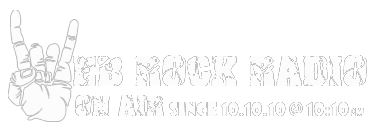

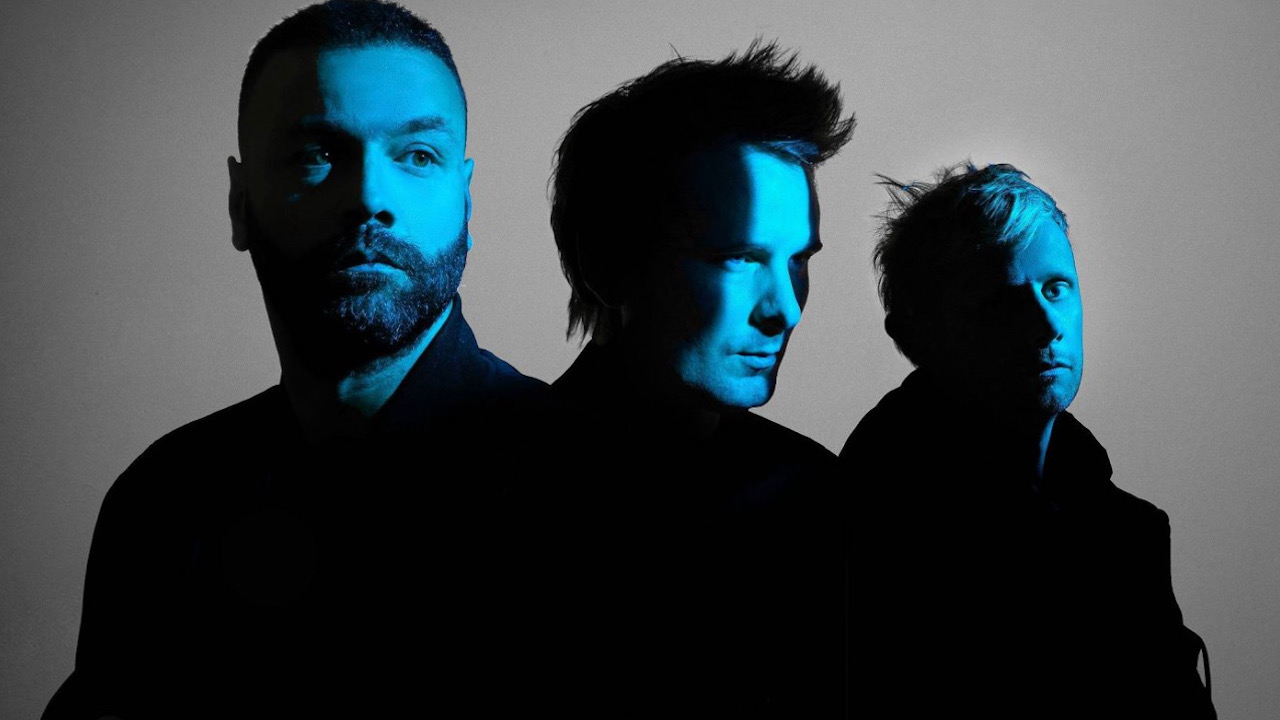
![Muse - Space Dementia (XX Anniversary RemiXX) [Official Audio] - YouTube](https://img.youtube.com/vi/SyPpDUPCXaM/maxresdefault.jpg)




